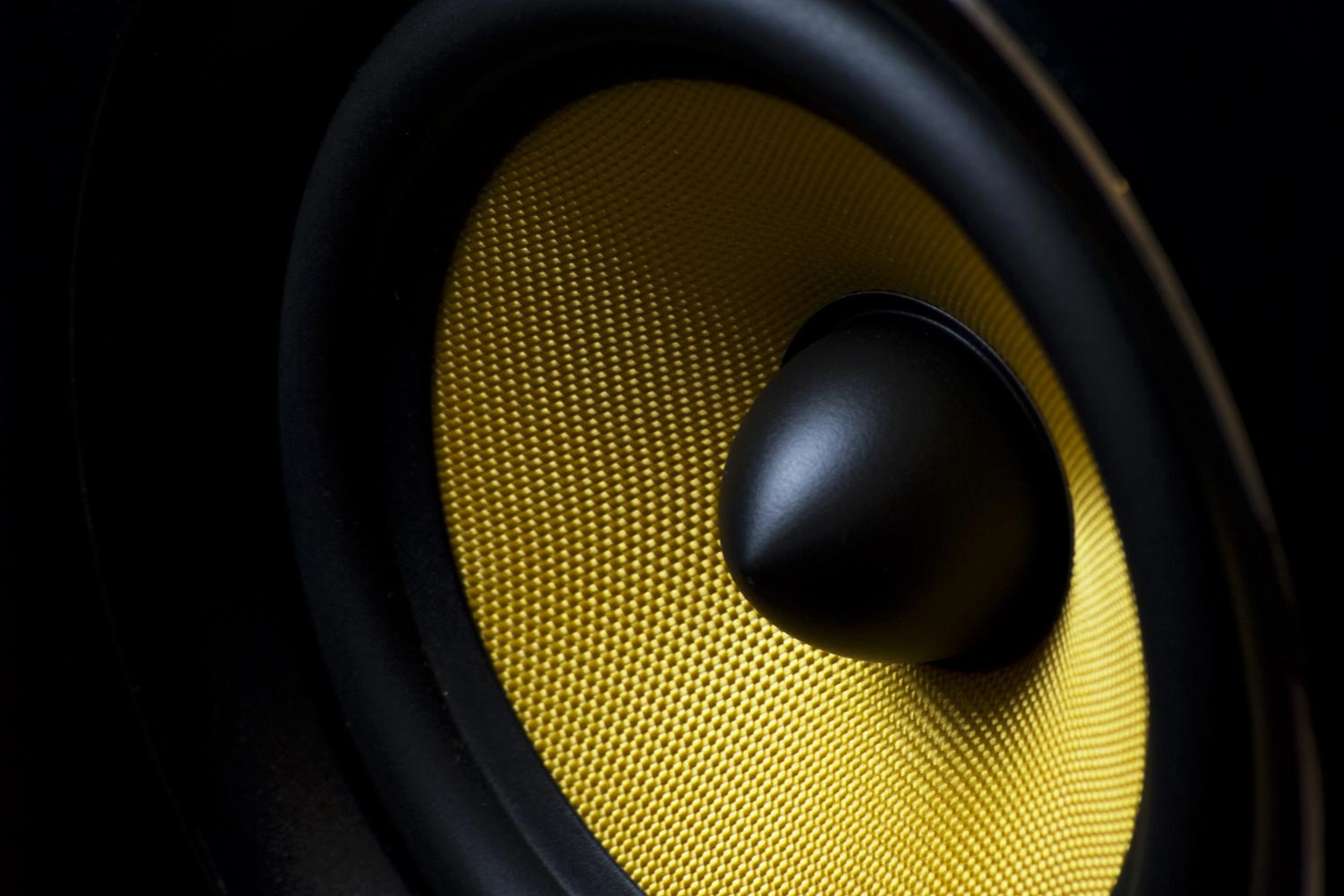Related to the topic, I've had the KH 150s on my desktop now for a couple of days. They are remarkable speakers, and so far am I exceedingly pleased with the sound quality they're providing in nearfield use.
However, I use big subs in my primary system and I'm missing some bass output, particularly at lower volumes. The 150s are actually quite stout and get the room shaking surprisingly well as I crank the volume up (the bass drum hits on Tool's Chocolate Chip Trip should not sound as clean, as loud, and as deep as they do on speakers this small), but at more polite listening levels they're too bass-shy for my tastes. I am considering slotting in a sub under the desk, but what I may possibly be after is simple loudness compensation. Does the MA 1 software provide this? I'd like to run the pair through the MA 1 process either way, but if it also provides functionality for boosting bass, particularly at lower volumes via LC, perhaps I could avoid a sub altogether.
If I do go the sub direction, the "easiest" option would be to bring a KH 750 into the mix, but then the 750 doesn't seem to offer much over what the KH 150s can do on their own until you get into deep / sub bass. It does provide another octave or so of extension (which I don't really need based on the music I listen to at the desk), but until you start reaching below 50Hz, the 150s actually show more bass output as well as lower distortion, per Neumann's measurements. I'm not convinced that a KH 750 would be money well spent in this case. Another route would be to go for something like a Monolith 10" V2, which on its own is a better sub (and far less expensive) than the KH 750, but I'd lose out on the easy MA 1 integration. I don't really feel like dropping in a MiniDSP or something and having to work over time to get everything smoothed out manually. I'd much prefer a plug and play solution here.
Any suggestions / experiences would be appreciated.

 ( really have to organize my bookmarks)
( really have to organize my bookmarks)